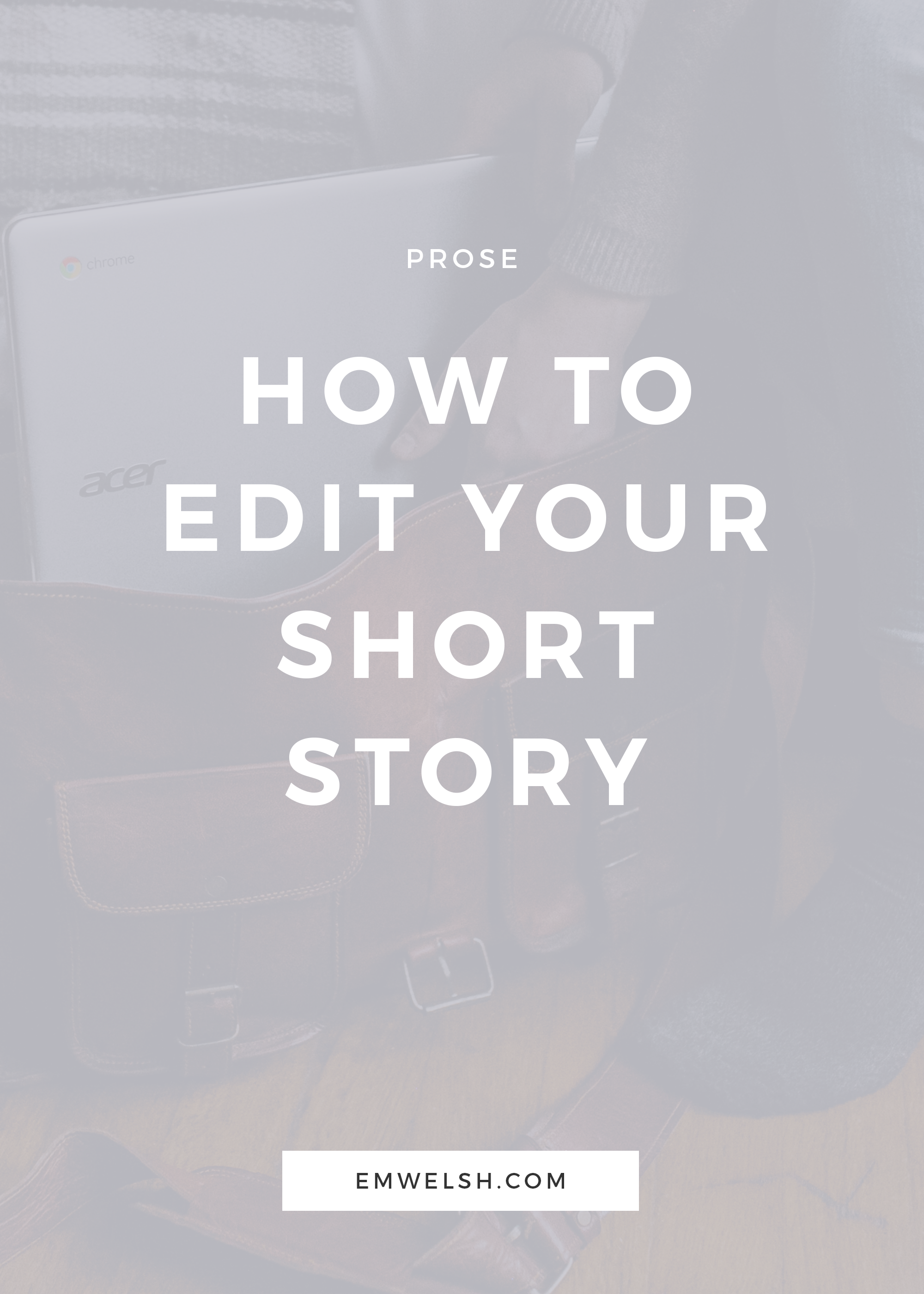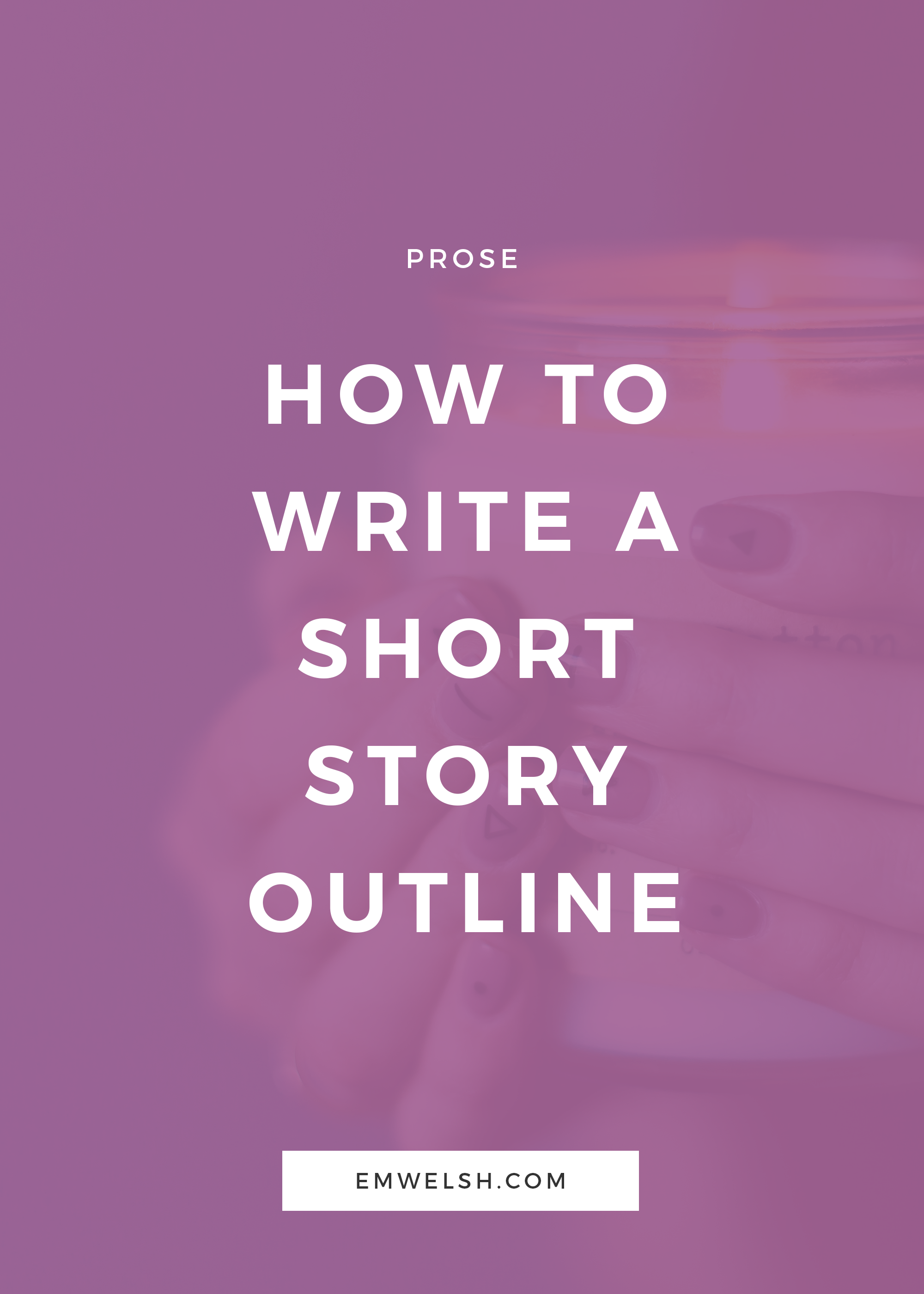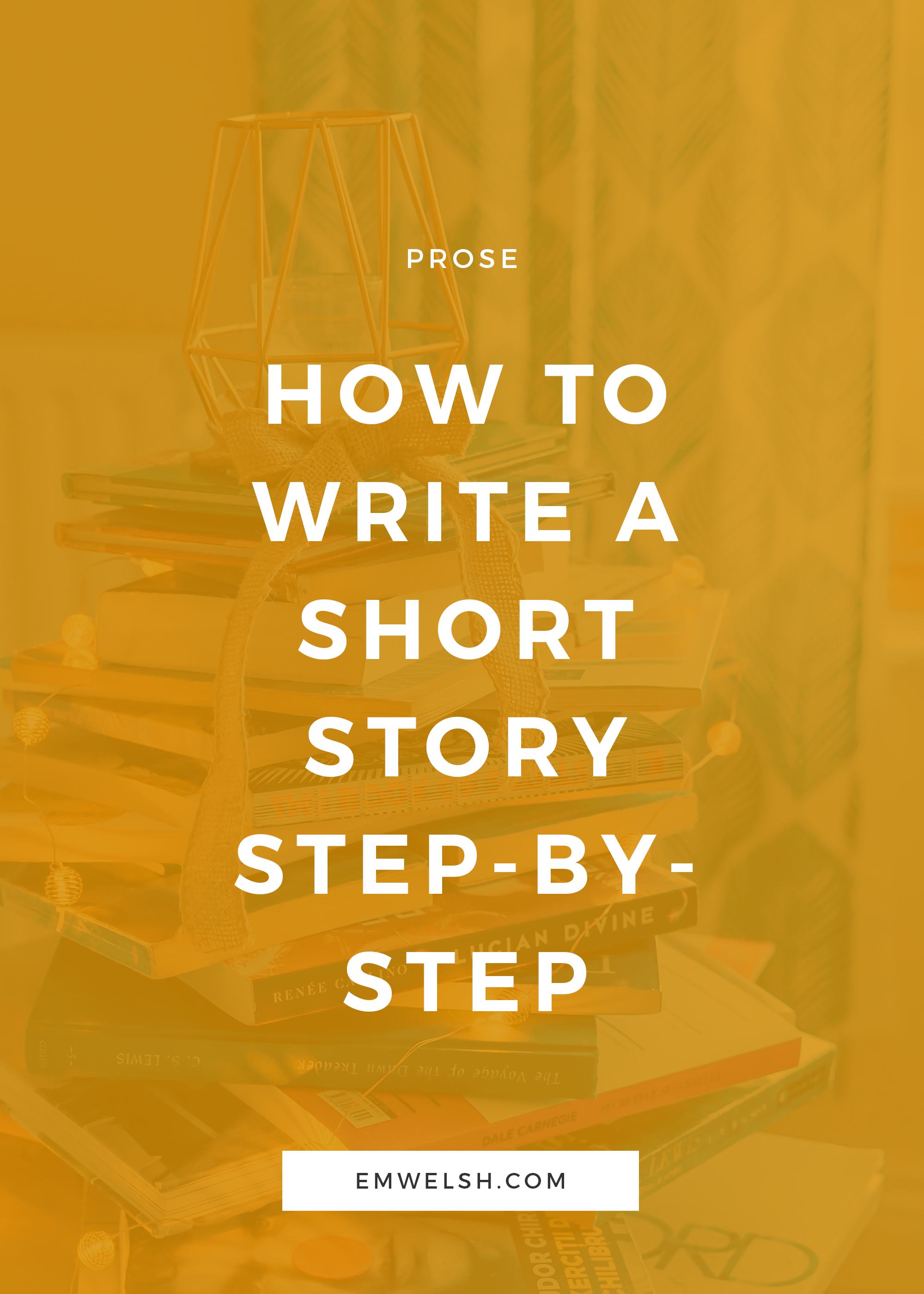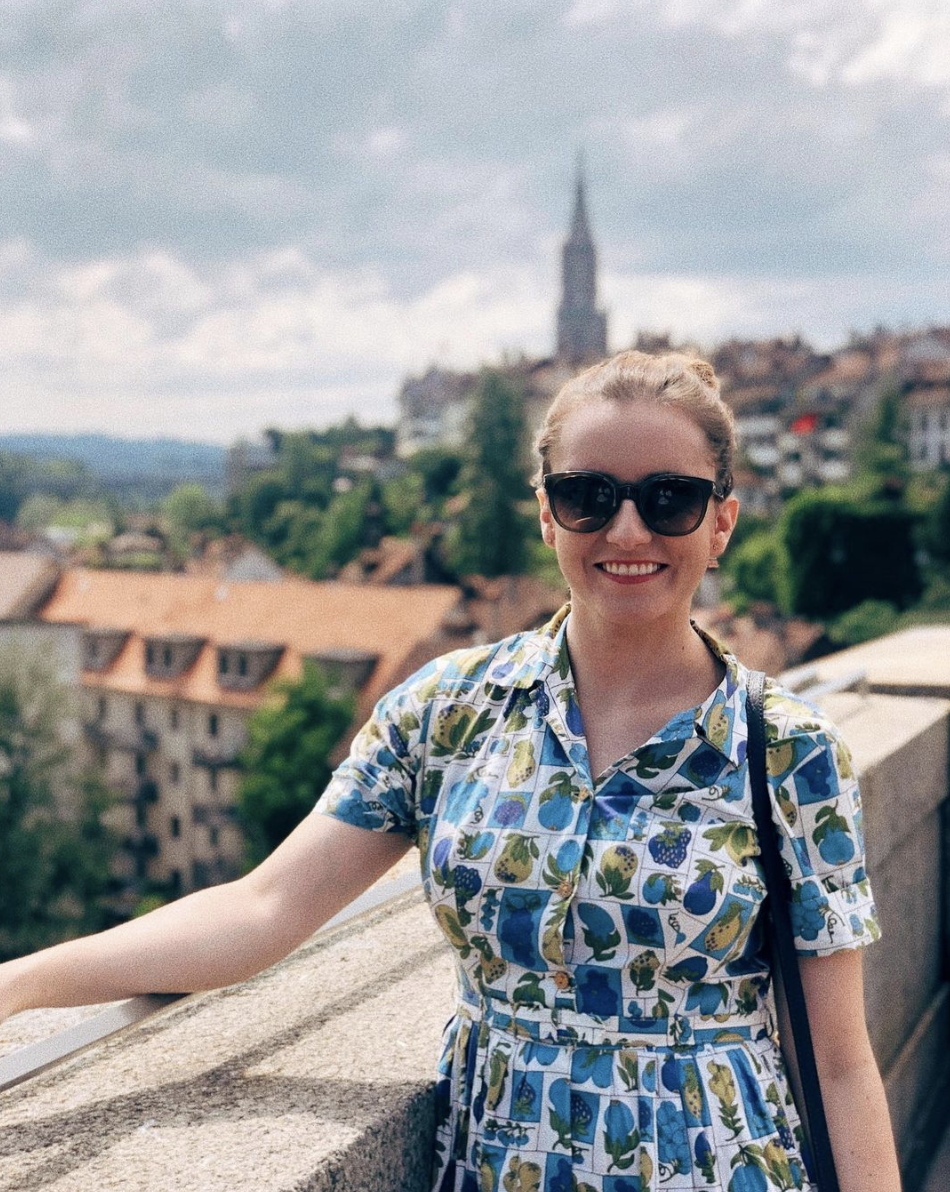How to Write a Short Story Step-by-Step
/When you talk to most writers, you'll find that they often discuss how difficult it is to write a novel. And in many ways they are right. Writing a novel is grueling. It requires endurance, patience, and a lot of persevering through your own ideas.
As a result, there are tons of resources available to writers on how to write a novel, but very rarely are there guides on how to write a short story step-by-step. Writing a novel feels like much more of an achievement than writing a short story after all. Plus, there are so many different ways to write a short story, far more than writing a novel in fact, that finding one way to do it that works for everyone is impossible.
Because of this, I've decided to break up this guide into two approaches to writing a short story: one guide for those who write by the seat of their pants, and the other for those who like to plan. You may be a mix of these two, in which case you'll find that in blending the steps from both approaches will you find the best guide for you.
How to Write a Short Story as a Planner
Step 1. Select your story idea
Though it may seem obvious, before you can begin to write your short story as a planner you need to pick out which idea you will write in the first place.
Maybe you have lots of ideas. If that's the case, pick the idea that speaks to you, that you want to write the most, or even that you think is the best.
There is no "best" idea for a short story, however, I find that ideas with purpose or expression behind them tend to do best. Whether that means writing about an issue you are passionate about or exploring a concept that intrigues you, finding something specific to really talk about in an abstract way often leads to some of the best stories.
Consequently, if you're a planner with no short story ideas, consider looking to the aforementioned things that intrigue you and dive into something specific. You'll almost always find a story there waiting for you.
Or, if you need the extra push, consider joining my Short Story Shuffle.
Step 2. Determine the POV of your story
Point-of-view is always important in writing any story, but it is really prominent in short story writing and therefore should be something to consider as a planner.
First person: First person narratives are great for unreliable narrators and for making the story seem like an anecdote being told to the reader. They are less trustworthy as a result, but can add flare and their individuality to the story.
Second person: Though usually not the ideal perspective, second person can be effective in a short story when done well. Often the shorter, the better, with second person, as it can be taxing and hard for readers to continuously imagine themselves in the story, which is what second person implies.
Third person: Third person narration may seem like a boring option for a short story, however it can often be the most flexible of the point-of-view's.
Step 3. Develop your character
How you develop your character may vary, but ideally you'll want to tap into their wants, needs, and flaws first and foremost. At the very least, spend time mulling over these three facets.
One of my favorite ways to create a solid character is to develop contradictions, as these make almost any character inherently human and therefore very interesting. Often I feel that to develop a contradiction can be enough work for a short story—you can rewrite them so much more frequently than you can a novel, so it's easy to work out more kinks later on.
However, for some, you may also want to develop the following:
Physical appearance
Mannerisms
Backstory
Family, friends
Wants, needs
Antagonist
Again, this is up to you and what it means to develop your character. My friend Kristen of Well-Storied has a great (free!) workbook on how to flesh out your characters, perfect for any planner.
Step 4. Select your themes, motifs, and tones.
Themes are very important to any story, but often not something I see discussed. However, a theme is what will power your short story (often more than your character will) and should therefore be fleshed out as much as possible.
Developing themes also means developing tones and motifs. Spend time thinking through different ideas and how you'll all connect them. Write down the main theme for your story, then explain how it connects to your narrative more thoroughly. As you do this, you'll also begin to discover the tones and motifs you are looking for.
Step 5. Outline your story
After you've fleshed out the big picture (and small ones too, depending on how much you like to plan) details, you can now outline your story. A good way to approach this is to break down your story into separate scenes, and then to outline each of those from there.
There is no specific way to do this, especially given that every short story's structure will look wildly different. But focusing on different moments, scenes, and things you want to happen and assembling them into an outline will help you visualize your story. And don't be afraid to try out a few different outlines to see what approach to your story looks best to you.
It's also worth noting that an outline doesn't have to always be an actual outline. For me, I like to write a summary of my story instead and work from there. It gives me flexibility, but still gives me something to follow everyday when I sit down to write.
Step 6. Write your story
Up until now, many of the steps in your approach might have gone in a different order, but eventually by the time you approach step six you should be writing your story. This part is fairly straight forward.
Ideally, try and do it as quickly as possible without taking breaks, but without rushing it either. For me, a month's time is about the maximum amount you want to spend writing your piece, so try to plan accordingly.
Step 7. Spend six weeks away from your story
Once you're finished writing your short story, spend six weeks away from it. This is true no matter how often you revisit the story. Trust me, it'll really help you approach edits with a fresh perspective, especially if you felt your first draft was more word vomit than anything else.
Step 8. Revise, edit, write, repeat
After the six weeks have passed, you are free to revise, edit, and even rewrite your story over and over. How you do that would require an entire post of its own, however, so for the time being I will leave this step up to you.
How to Write a Short Story as a Pantser
Step 0. Select your story idea
Before you begin writing, you'll want to select your story idea. Maybe it's one that's been on your mind for sometime, or maybe it's an idea that just came to you recently. If you're a pantser lucky enough to have an idea, however, you'll want to pick one that you are most passionate about.
Of course, many pantser's don't have ideas until after they've written the story, hence why this step isn't always necessary and why I'm calling it step zero. As a pantser, you are completely okay in writing a short story without any ideas at all. It's in your nature!
Step 1. Write your short story
Whatever your short story is, now is the time to write it. Don't wait for new ideas or for that inspiration you've been searching for—it will come as you write.
Because the story is so short and you are writing by the seat of your pants, it's best to write it as quickly as possible, in one sitting if you can. However, if you find that on day one a whole flurry of ideas come to you and give you a sense of the story you are writing, feel free to slow down.
The most important part about this step is to get everything down on the page, even if it's crap or makes no sense, as this is going to be what you work with later on to sculpt your story. (Even if it's just using one idea from the story and scrapping everything else.)
Step 2. Spend six weeks away from your story
No matter how you write your stories, you always need to take this six week period away from your work. It will help you see things in your story you couldn't see otherwise, including new ideas that you as a pantser might not have noticed if you'd read it right after finishing it.
Step 3. Reread your short story
After the six week period has passed, you can now reread your story.
Read it once without making any markings on your work. Then, read it again and scribble all over it with your ideas, thoughts, and anything else you need to say. It's important—especially with a story you've written by the seat of your pants—to give it one read without notes to avoid any quick reactions. It will help you give better notes and see your story for what it is.
Step 4. Summarize the "true" story
The reality is that if you have written a story by the seat of your pants, very rarely does it come out perfect the first time. In fact, there's likely half of your story or more you'll plan to scrap—and that's fine.
After you've read your story twice, take some time to summarize your work and what the true story is you are trying to write. You'll know what it is by looking at the notes you've made on your story.
For instance, maybe the real story doesn't begin until the last paragraph of your work. Or maybe the first paragraph is actually the ending of your real story. Or maybe there are random passages that when pulled out, make for a version of the true story, but still need to be supplemented with new writing.
Whatever this true story is—it's the story you meant to tell all along and now want to tell—take the time to summarize this. It will be your new guidance for the rest of the process. It doesn't have to be in-depth, it just needs to be a summary of your story, and more importantly what you want to say with your story.
Step 5. Write, edit, revise, repeat
Often at this point, many pantsers can easily approach their second draft of their short story the way a planner would. If that's the case for you, scroll back up and approach this next draft using the step-by-step guide for planners.
Either way, all that's left for you to do is to write, edit, revise, and repeat until the story looks like what you were hoping for. Think of it like you're a sculptor just looking to chip away at a block of cement or stone until you find the art you have been searching for.
Areas to Focus on in Your Short Story
Many resources on writing short stories have different approaches on how to write a short story step-by-step. Everyone will find a way that works for them—and as you can see, my approaches often allow for flexibility given that I hate telling anyone exactly how to write—but there are certain features of every great short story that makes them a knockout.
First sentence
First sentences are important no matter what you're writing, be it a novel, screenplay, or even a video game. It's the reason someone is going to get hooked into your story or worse, decide not to read it at all.
Whether you're reader has found you in a book or in a magazine, this first sentence is going to be what determines whether or not they flip to a different piece and skip your story altogether.
However, just because your first sentence is important, doesn't mean it has to be extraordinary or include any crazy action or anything of that sort. It just has to be written in a way that makes the reader interested enough to want to read the next sentence, and then the one after that.
Main character and theme
Very rarely do short stories feature more than one character. Even if your story does have more than one, it is important to spend time connecting your main character to your theme.
Because short stories are so short, readers look for meaning and themes more directly. There is less time for them to just sit back and enjoy the work, and so when they come to the end of the work, they can immediately reflect on everything they just read because they likely read the piece in one sitting.
While your theme doesn't have to hit the reader on the head, you'll want to spend time connecting the character to this theme so the reader has something to follow and connect to.
The ending
Short stories are all about the ending. Unlike with books, short stories often become cheesy if they have a full-fledged resolution or explain too much. Additionally, given their brevity, readers are much more intolerant of a bad ending in a short story than they are in a novel.
In a novel, the reader might have enjoyed being along for the ride only to be disappointed, but in a short story a bad ending makes it completely forgettable. For that reason, it is important you get your ending right.
Of course, there is no quick answer as to how to get the ending right. It relies on intuition and in trying out new endings over and over until you just feel that it is the best and only way to end your story.
It may not sound comforting, but given that short stories, like all creative writing, are an art, it still requires leaning into your artistic intuition from time to time.














